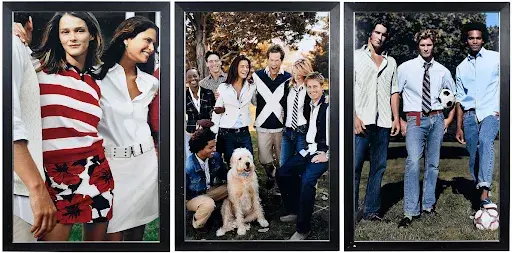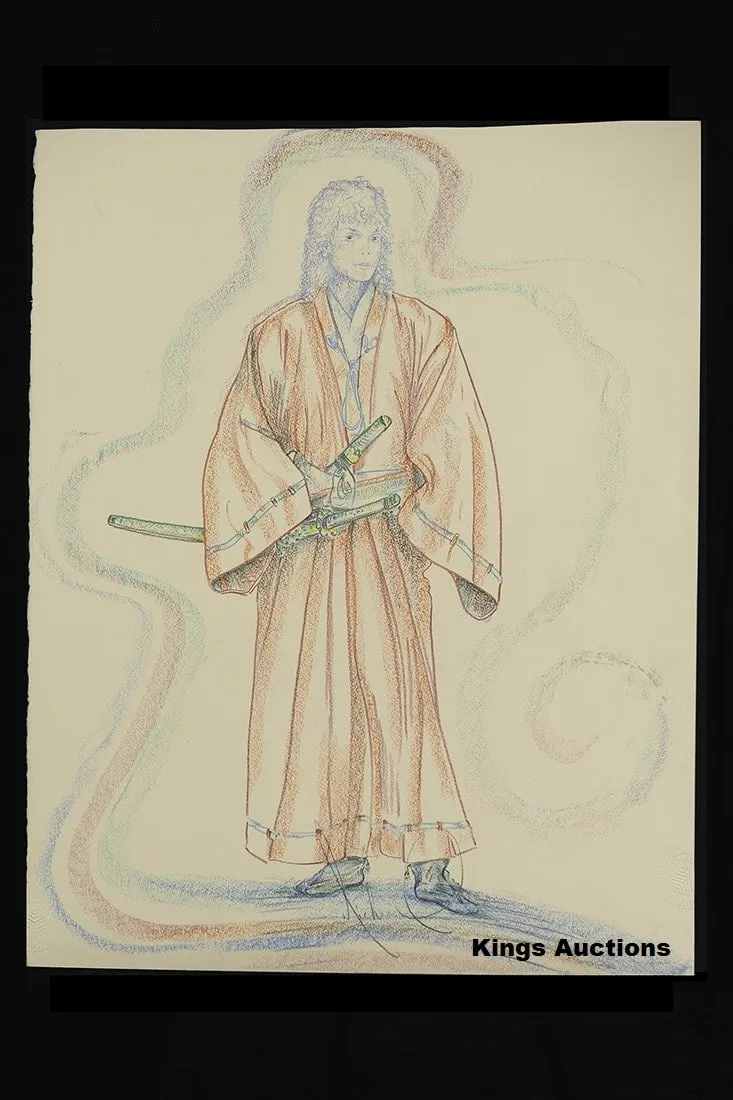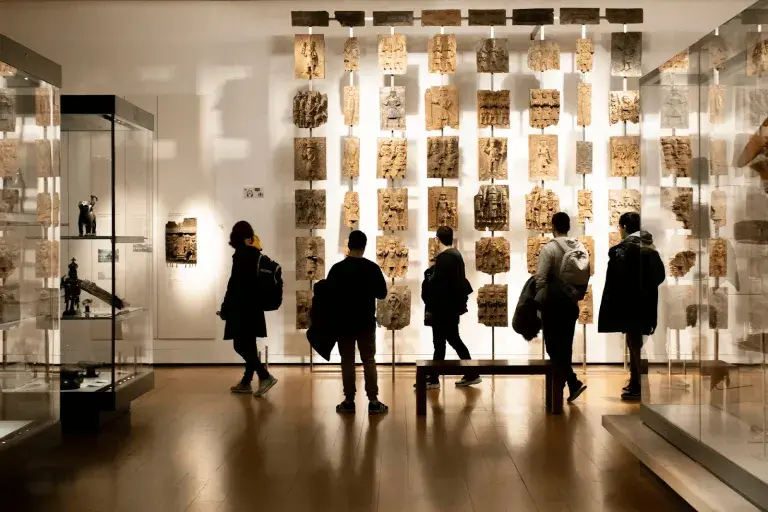BYDealers Offers 20th-Century Canadian Art, From the Group of Seven to Les Automatistes
BYDealers will offer 68 pieces of 20th-century and contemporary Canadian art in a timed sale this month. The event will run until May 30th, 2021, at 2:00 PM EDT. Art dealers from across Ontario, Quebec, and Alberta partnered to create BYDealers in 2017. The auction house almost exclusively promotes the work of Canadian, First Nations, and Inuit artists.
Auction Daily takes a closer look at key Canadian art movements ahead of this sale.

The Group of Seven
In the early 20th century, Canada still felt the governmental and cultural influence of Britain. The country was officially a Dominion of the British Empire and would be until 1931. In the meantime, artists struggled to form a distinctly Canadian art style amid a growing spirit of nationalism. The Group of Seven formed in this context. Several Canadian painters started gathering to share grievances and ideas. They eventually developed a shared style that drew from Post-Impressionism and Scandinavian painting. The group applied these European styles to the northern forests of Canada, often capturing thick boreal forests, rugged terrain, and other landscapes.
While the group disbanded in the 1930s, its influence rippled through the next several generations of Canadian artists. A young Jacques de Tonnancour studied under Arthur Lismer, a founding member of the Group of Seven. De Tonnancour learned an appreciation for Canadian landscapes from Lismer. One of de Tonnancour’s mid-career landscape paintings will be available in the upcoming BYDealers auction. The piece, titled Près du lac, calls back to the Group of Seven’s expressive landscapes (CAD 12,000 – $15,000 / USD 9,900 – $12,350).

Les Automatistes
Many Canadian creators could only make official war art during World War II. In the aftermath, abstraction swept the nation. A group called Les Automatistes formed in the early 1940s after Québécois artist Paul-Émile Borduas discovered the automatic writing of the French Surrealists. Borduas and his students started producing subversive abstract paintings. The group also created dance, drama, and poetry with similar principles of automatism and dissent.
After Les Automatistes published a controversial manifesto in 1948, the Canadian government, the media, and the Catholic Church denounced the group and their principles. Les Automatistes quickly scattered. Borduas continued to create in the years following the incident but only returned to fame after his death. This month, Borduas’ Modulation aux points noirs will come to auction (CAD 400,000 – $600,000 / USD 328,900 – $493,300). This work comes from Borduas’ late-career Parisian period, executed in 1955. The BYDealers auction also includes lots from Borduas’ fellow Automatistes, including Jean-Paul Riopelle, Pierre Gauvreau, and Marcel Barbeau.

Les Plasticiens
Not every Canadian artist supported the frenzied style of Les Automatistes. A group of artists and critics formed an anti-Automatistes movement around 1955. Led by Fernand Leduc, a former Automatistes member, this new movement advocated a return to orderly painting. Many artists rushed to join Les Plasticiens and follow European abstract art trends. Many group members tired of the style in the 1960s.
Fernand Toupin was a co-founder of Les Plasticiens and supported the movement’s manifesto. Toupin popularized “shaped canvases” that objectified two-dimensional paintings. He also experimented with texture starting in the 1960s. One of Toupin’s textured pieces, titled Hors-paysage, will come to auction with BYDealers (CAD 15,000 – $20,000 / USD 12,350 – 16,500). The catalog features other Plasticiens, including Jean-Paul Jérôme and Denis Juneau.

Contemporary Canadian Art
Today, Canadian artists often embrace international influences and current issues. Contemporary Canadian art is also expanding to include new mediums and possibilities, as the explosion of NFTs suggests. Michah Dowbak, better known as Mad Dog Jones, recently became the most expensive living Canadian artist after his self-replicating NFT sold for USD 4.14 million at Phillips.
The 20th century brought many changes to Canadian art. While the Group of Seven struggled to form a distinctly Canadian national identity, contemporary artists such as Miyuki Tanobe now openly draw upon diverse influences. Tanobe grew up in Japan and studied under master oil painters. When she moved to Montreal, Tanobe brought along the techniques she learned in Tokyo. Tanobe’s paintings depict Canadian urban landscapes using traditional Japanese Nihonga techniques. Two Tanobe works will be available in the upcoming BYDealers sale, including La scène hivernale de la rue de l’Hôtel-de-Ville from 2013 (CAD $35,000 – $50,000 / USD 28,800 – $41,100).
The upcoming Canadian art auction from BYDealers will close on May 30th, 2021, starting at 2:00 PM EDT. To view the complete catalog and place a bid, visit BYDealers.
Auction Daily regularly profiles artists and art movements from around the world. Recently, we explored the work of the Scottish Colourists.









